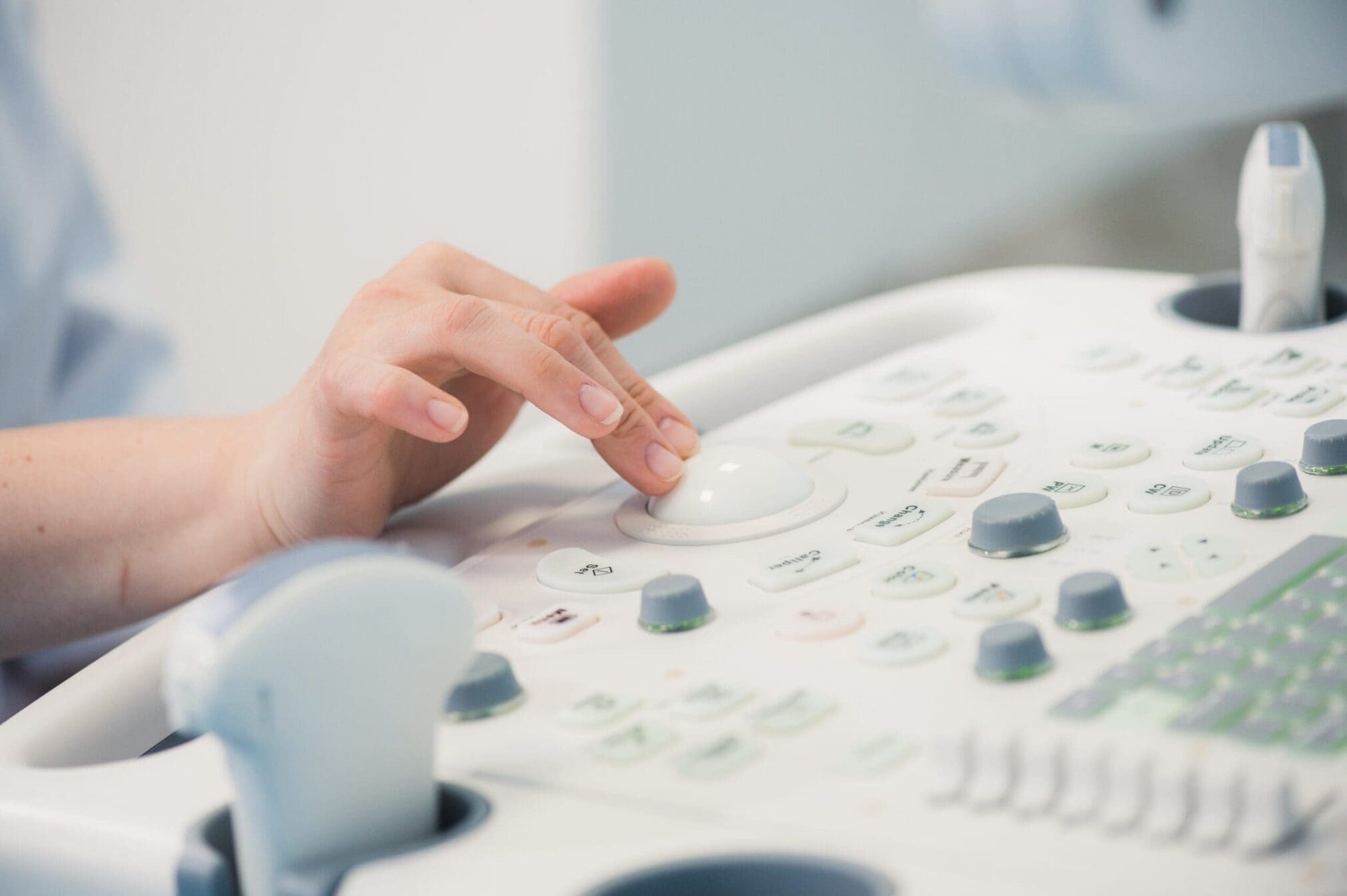For the uninitiated, understanding the basics of In-Vitro Diagnostic Medical Devices can be a confusing process. According to the 1998 medical device directive, IVDD 98/79/EC, an in-vitro diagnostic medical device (or IVD) is defined as “any medical device which is a reagent, reagent device, calibrator, control material, kit, instrument, apparatus, equipment or system whether used alone or in combination, intended by the manufacturer to be used in-vitro for the examination of specimens including blood and tissue donations, derived from the human body, solely or principally for the purpose of providing information concerning a physiological state of health or disease or congenital abnormality or to determine the safety and compatibility with potential recipients”. In essence, IVDs are tools used in the examining of human samples (blood, urine, tissue, etc.) outside of the body. They can be used to, amongst other things, help detect infections/diseases, monitor the progress of drug therapies, and diagnose conditions.
In this blog we will try to shed some light on the IVD classification process. IVDs are classified by potential risk to the user and fall into four main groups. They are as follows:
I. All Other Devices
This is a catch-all category used to define any device or equipment that doesn’t fall into any of the below categories. Most of the devices in this group tend to be intended for professional use, rather than personal or home use.
Example: Specimen receptacles (test tube, etc.)
II. Devices for Self-Testing Not Listed in Annex II
Devices in this category are those intended for home or personal use by untrained lay persons for self-testing.
Example: Home pregnancy test
III. Device of List B, Annex II
Devices in this category are those determined for professional use posing low risk to the user.
Examples: Reagents and reagent products for the detection of infections or diseases (such as rubella or chlamydia) in humans, reagents and reagent products for determining tumoral markers (such as Prostate-Specific Antigene), or devices for the measure of blood sugar.
IV. Device of List A, Annex II
Reagents and reagent products for the detection, confirmation, and quantification in human specimens of markers of HIV infection (HIV 1 and 2), HTLV I and II (cancer causing), and Hepatitis B, C, and D.
It is very important to note that the IVDD 98/79/EC directive provides neither a specific list of affected devices, nor their corresponding classification, so the onus is on the manufacturer to determine which directives apply to which devices and proceed accordingly. The directive outlines only device requirements, as well as requirements for manufacturers, and device safety and compliance standards. Devices used in veterinary medicine or general laboratory use are not subject to directive requirements.
For more information on IVD classification, ongoing updates in the field, or advice on bringing an IVD to the European market, contact us today.


